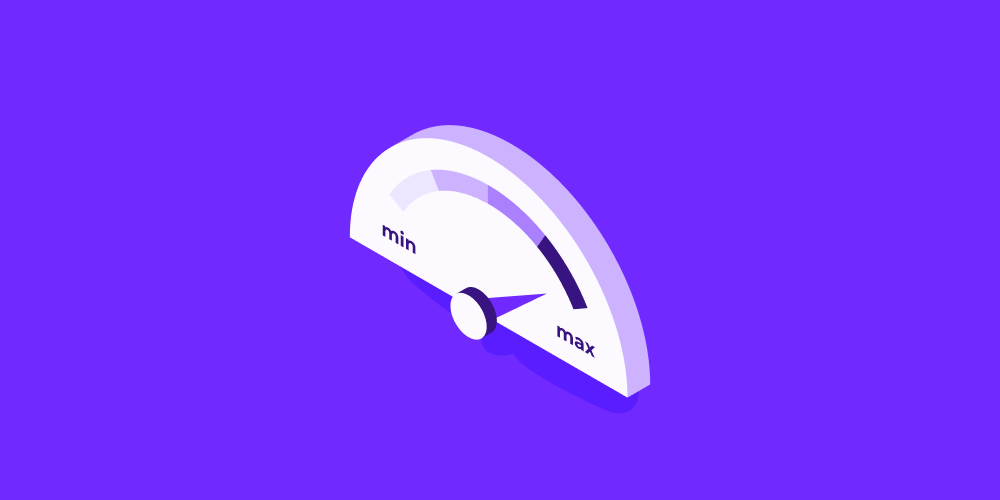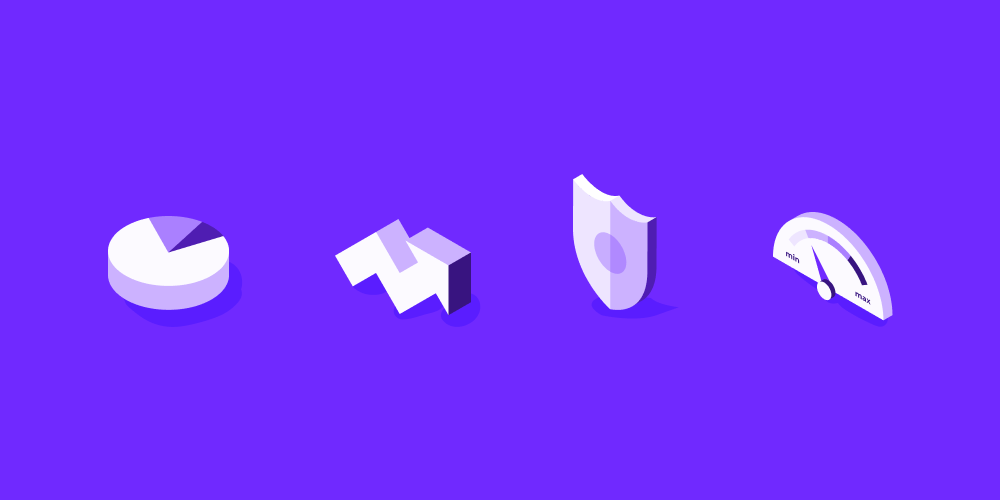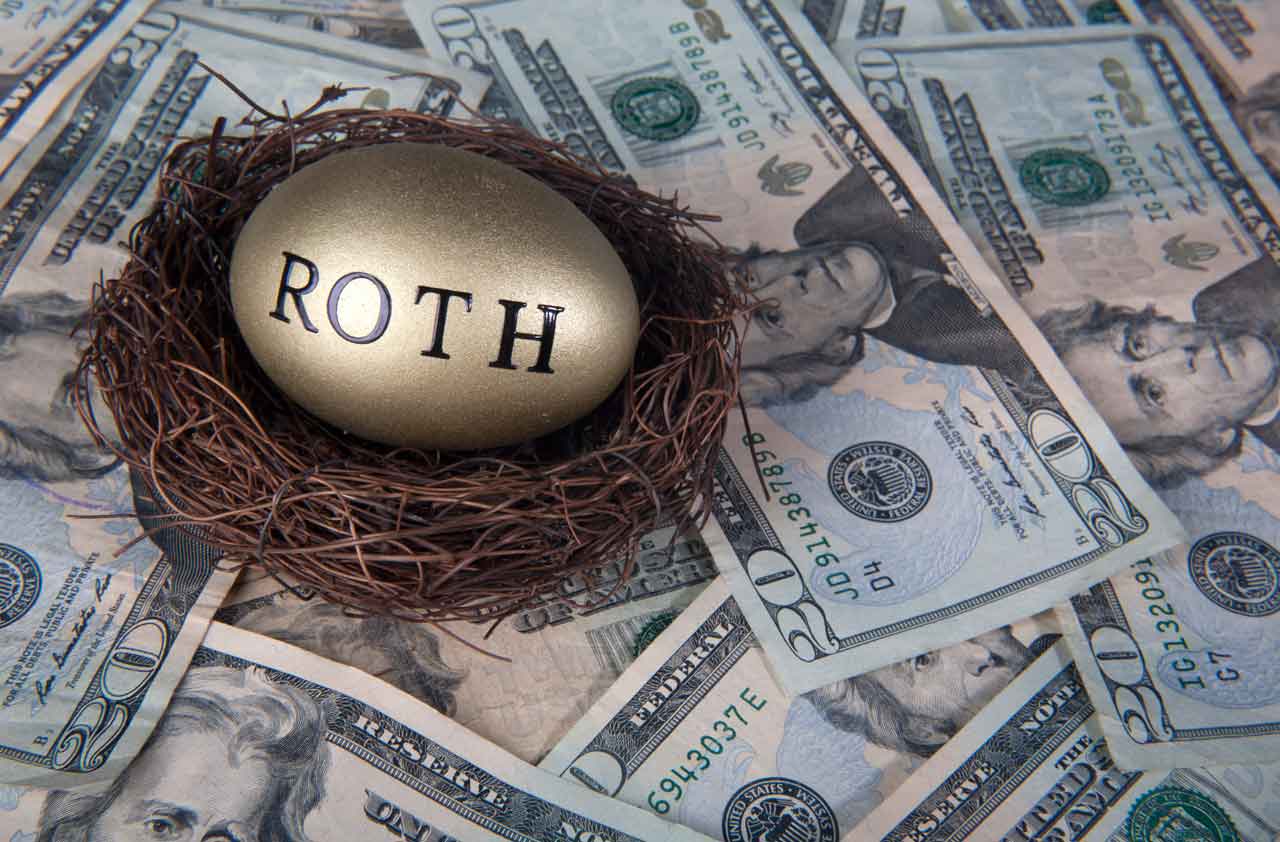How to Maximize Your Retirement Savings with a Self-Directed Solo 401(k)
If you’re self-employed, you understand both the freedom and responsibility that come with running your own business. You may also be eligible to...
If you have a traditional pension plan, you may have the option of taking a lump sum disbursement when you leave your job or retire. One of your options might be to roll the money into an IRA account. Here are some things you should consider when deciding whether rolling your pension over into an IRA is the right move for you.
When you roll your pension over into an IRA, you move the money you have in your pension plan into an IRA at a broker of your choice. If you follow the IRS rules, there are generally no taxes or penalties for making this move.
There are two types of pensions to be aware of: defined benefit and defined contribution. Which type of pension plan you have determines how the rollover works.
A Defined Contribution Plan is a retirement plan in which the employee and/or the employer contribute to the employee’s individual account under the plan. (IRS, 2022)
With a defined contribution plan, you put in a fixed amount of money per month. For example, you might tell your employer to put 10% of your paycheck into your plan.
The most common type of defined contribution plan is 401(k)s. Some small employers also use a Simplified Employee Pension or SEP IRA.
When you roll over a defined contribution pension, all the money you contributed plus your investment gains is yours to roll over. If you contributed $30,000 and your account is currently worth $50,000, you can roll $50,000 into your IRA.
Employer contributions work the same way once you've met the vesting period. Vesting rules vary by employer. For example, if your employer says you lose employer contributions if you leave before three years, you can only include the employer contributions in your rollover if you were at the job for longer than three years.
Defined benefit plans are when your employer pays you a fixed amount in retirement.
For example, you might be able to retire with a benefit of 75% of your salary once you reach 25 years with the company and age 55. These types of plans are most common in government jobs.
You can also roll over a defined benefit plan, but it's more complicated than a defined contribution plan. Your employer has to allow early pension plan withdrawals. They also have to have a rule that says how much you get if you cash out your pension plan early.
If your employer allows you to cash in your pension early, you will usually receive less than you would have in retirement. For example, if your retirement pension would be worth $500,000 in retirement, you might only be able to cash in and roll over $200,000.
There are several benefits of rolling a pension into an IRA.
There are two main tax benefits to rolling a pension into an IRA. First, the rollover is tax-free if you properly deposit funds from a qualified pension into a Traditional IRA.
Second, you have better control over when you pay taxes on distributions. Once your pension starts paying, often around age 55, you have to pay taxes on the pension payments. If you move the money into an IRA, you don't have to take distributions or pay taxes until you have to take the required minimum distributions (usually around age 72).
Another tax option is to convert your funds into a Roth IRA. You pay taxes on a Roth conversion, but you get to pick when you do the conversion. A common move is to leave your money in a Traditional IRA to start, then convert it to a Roth IRA in a year you're in a low tax bracket.
There have been many cases where retirees lost all or part of their pensions when their former employer entered bankruptcy or had other financial problems. If you roll your pension into an IRA, you no longer have to rely on your old employer. The only risk you have is the amount of investment risk you choose to take on.
Rolling your pension into an IRA may give you more investment options. Many employers with 401(k) plans have 401(k)s with limited investment options and high fees. Moving to an IRA lets you pick the exact mutual funds, ETFs, stocks, bonds, real estate, and other alternative investments you want to invest in.
If you have a defined benefit plan, you may be able to earn more by cashing it out and investing it. For example, your employer might allow you to cash it in based on a 5% rate of return. If you invest the money in stocks, you might be able to get up to a 10% return.
An IRA can give you more flexibility than a pension plan. For example, let's say you want to buy a house.
If you have a defined benefit pension, you get your pension payments as scheduled and usually can't take out extra money for a down payment. If you have an IRA, you can take out as much as you need. If you're still under retirement age, there are special rules that let you avoid penalties when you're taking out money to buy a home.
There are two main disadvantages when it comes to rolling a pension into an IRA.
All investments can lose value, especially over the short term. The stock market has had several crashes where it lost half its value and then went back up over time. Even bonds can lose value due to inflation or changes in interest rates.
The way to avoid investment risk is by building a well-diversified portfolio. Diversification means investing in different types of investments and many different companies.
Diversification is another reason to consider rolling over your pension. Staying in a pension is like investing all your money in that company's stock. If you don't want your retirement to be at risk if something happens to your former employer, you may want to roll your pension into an IRA so you can diversify your retirement savings.
When you have an IRA, you're responsible for choosing what you want to invest in. Whether this is a disadvantage depends on whether this is something you're comfortable with. Some people want to use an IRA because they want more control over their investments.
If managing your own investments is a disadvantage to you, you have options. You can use a balanced mutual fund or move your money to an IRA that automatically invests your funds for you. All you have to do is choose how much risk you're comfortable taking.
A pension-to-IRA rollover may make sense to you if all or some of the following apply.
Here are some frequently asked questions about rolling a pension into an IRA.
While your previous employer is participating in the activity known as "de-risking," you're likely to be offered a lump sum. You will have the option to take the payout and pay taxes or roll over your sum into a new retirement plan.
Yes! According to IRS publication 575, if faced with a lump-sum distribution, you are able to roll over into a Traditional IRA or 401(k) and face no tax or early withdrawal penalty. For most people, this will be the most attractive option, as the income taxes and early withdrawal fees on a lump-sum distribution will be significant, and not be an option for most people.
There are three ways to roll a pension into an IRA.
There are two types of IRA accounts you can use.
There is no limit on the amount of money you can roll into an IRA. IRA contribution limits don't apply to rollovers. Rollovers don't use your IRA contribution limits.
Your employer may have special rules. For example, they may require you to withdraw your entire pension. If they allow partial withdrawals, they may require you to leave a minimum amount in your pension to keep it open.
If you have decided to roll over your pension to an IRA, the next step will be to select an IRA. Pensions with only pre-tax dollars will go to a Traditional IRA. When choosing an IRA provider, most people are concerned with investment options and fees. Typical IRA providers have a preset menu of mutual funds which works for some investors. However, a Self-Directed IRA provides options and flexibility desired by others.
When selecting a Self-Directed IRA provider, examine the fee schedule. Fees may be high to open and maintain a Self-Directed IRA. High fees diminish investment returns. It's crucial to select a provider who is transparent with their fees, fairly priced and offers you the highest degree of freedom within the account to invest in what you want.
At Rocket Dollar, it's important for us to present an upfront and clear fee schedule. Our fees are $360 to open an account and then $15 monthly.
If you are considering a Self-Directed IRA, check out this blog post outlining how and when to use a Self-Directed IRA. A Self-Directed IRA can be a great option for people needing to roll over a pension, or any eligible 401(k) for a few reasons.
First, the big IRA providers have limited investment options, and instead funnel you into a predetermined menu of their own funds, meaning that not only you can't invest in what you want, but they can collect fees on every fund you are able to purchase.
Second, having assets outside of stocks and bonds can increase your ability to withstand a market downturn or recession. A Self-Directed IRA is used to invest in assets such as real estate, startups, peer-to-peer lending, or anything else allowed by the IRS. You are in control of your portfolio.
You are allowed to have as many IRAs as you want. Many people open multiple IRAs to get access to more investment options. For example, you might want both a traditional brokerage IRA for stocks and a self-directed IRA for real estate.
When you do a rollover, the IRS lets you do multiple rollovers for direct transfers. If you do a 60-day rollover, you have to make a single deposit into a single IRA. You can then move money between IRAs if you want to.
Check with your pension plan for any rules they may have on doing multiple rollovers.
If you have multiple pensions, you can roll them over into the same or different IRAs. The only limit is that you only get one 60-day rollover per year no matter how many pensions you have. It's not one per pension.

If you’re self-employed, you understand both the freedom and responsibility that come with running your own business. You may also be eligible to...

In today’s investing landscape, many individuals are asking the question: What are the benefits of investing in alternative assets? As traditional...

Alternative asset investment is no longer reserved for hedge funds and institutional players. Thanks to platforms like Rocket Dollar, everyday...

The SECURE (Setting Every Community Up for Retirement Enhancement) Act represents the first significant change to retirement legislation since the...

You know those annoying infomercials that clog up the late-night airwaves as they hawk everything from perfect abs to greaseless grills? Well, you...

Prior to founding Rocket Dollar, I worked for many years as a Certified Financial Planner. Continuing education is a requirement of maintaining my...